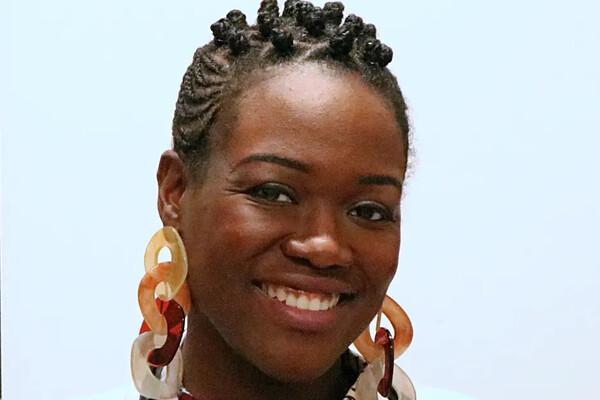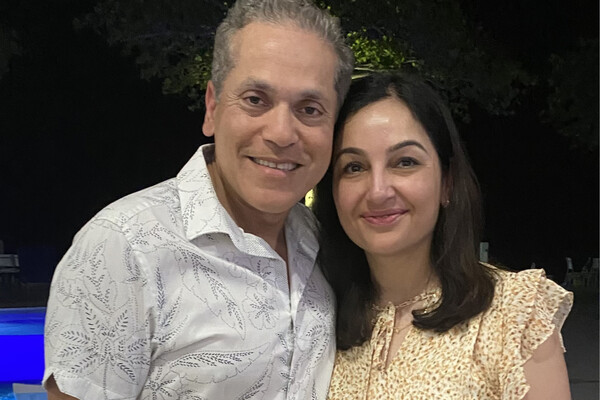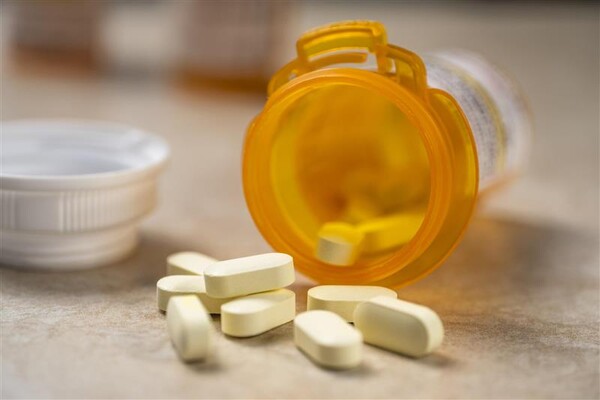U of T Medicine at the Parapan Am Games
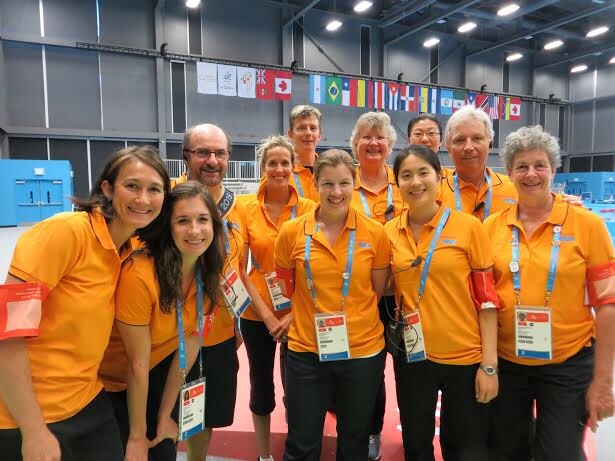
Carolyn Morris
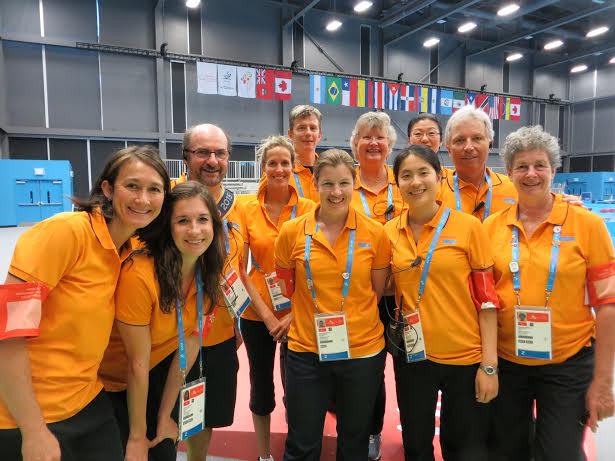 While the Parapan Am Games in Toronto may have reached the home stretch, health professionals from the University of Toronto are still hard at work behind the scenes, keeping elite para-athletes at the top of their game.
While the Parapan Am Games in Toronto may have reached the home stretch, health professionals from the University of Toronto are still hard at work behind the scenes, keeping elite para-athletes at the top of their game.
Some members of U of T Medicine have had their work on display during the nine-day event. Faculty of Medicine’s Dr. Gaétan Tardif – a professor of physical medicine and rehabilitation, Medical Director at Toronto Rehab and President of the Canadian Paralympic Committee – led the way as a Parapan Am Games Torchbearer. U of T physical therapy alumna Shelley Gautier took to her bike in cycling competitions at Ontario Place and Milton, winning silver in the mixed cycling time trials. But only the athletes themselves have seen the work of a few others. Here are but two examples:
_______________
Physiatrist Dr. Amanda Mayo is a lecturer in physical medicine and rehabilitation (physiatry) and works with amputee patients at Sunnybrook Health Sciences Centre. She is the lead doctor for Para Table Tennis.
I am the lead physician for the Parapan Am Table Tennis venue. I am also a Paralympic classifier for athletics in Ontario. I go to track and field events and training facilities to classify new athletes entering Paralympic sport.
As a physiatrist at Sunnybrook Health Sciences Centre, I see several para-athletes who are amputees – including Para Wheelchair Basketball and Sitting Volleyball players. Many U of T faculty in sports medicine and physiatry are lead physicians and medical team members at the games. The medical team has strong expertise in para sport providing excellent evidence based care for athletes. Many have been involved in research of performance and outcome measures for physically disabled populations.
The games have inspired many of my patients to get involved with more physical activity and parasport. I feel the best games legacy is the great new accessible fitness facilities that are going to be available for people with physical disabilities. In my practice we’ve been implementing supervised circuit training and recreational therapy. Our rehabilitation team has developed these programs with the goal patients will gain skills and confidence to use community centres with accessible pools and fitness equipment. We now have MAR-Atos in Markham, the University of Toronto Scarborough’s Toronto Pan Am Sports Centre, and Whitby Abilities Centre. Previously Variety Village was the only major accessible local fitness centre, so this is huge for Toronto and the GTA.
_______________
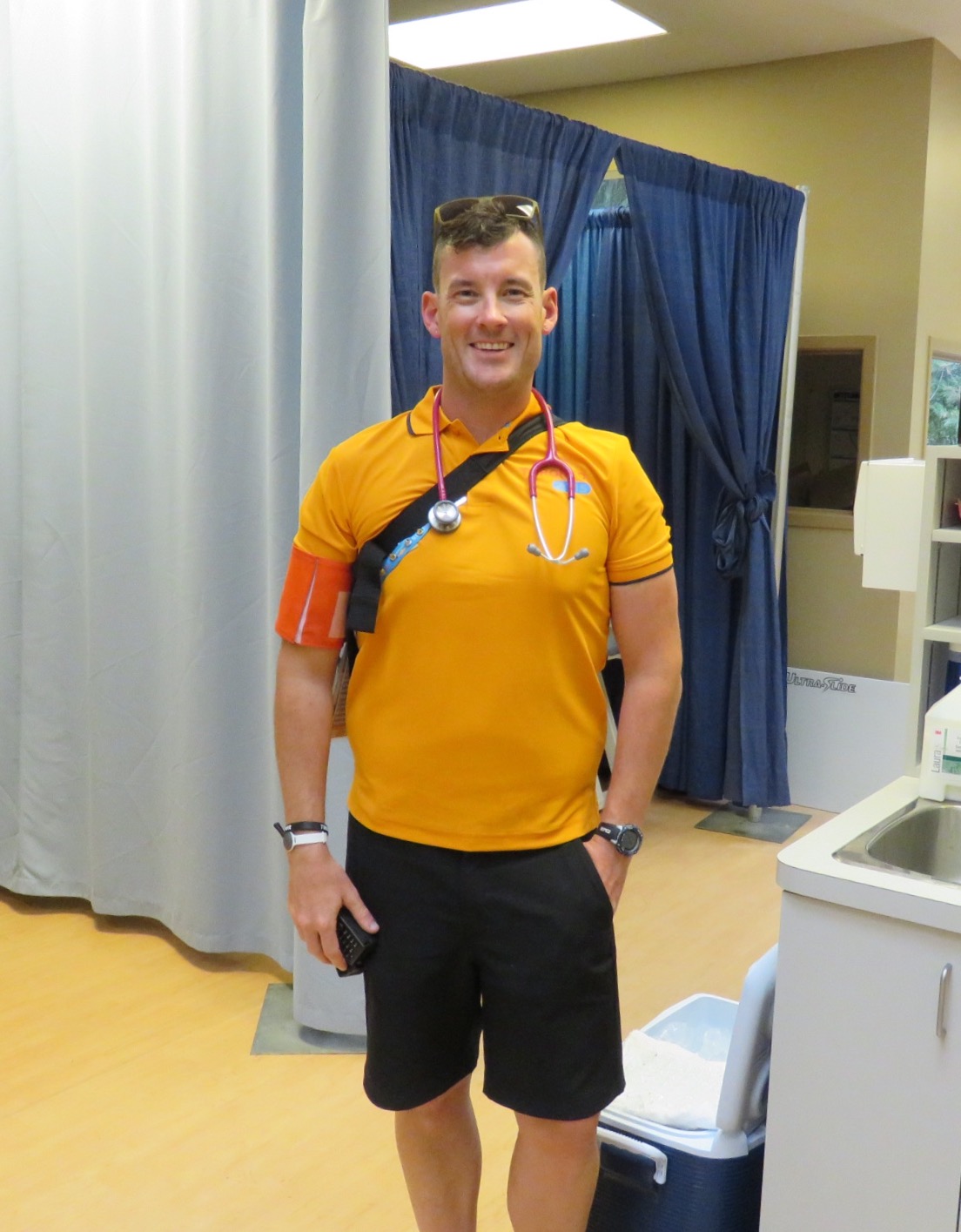 Dr. Lee Schofield, a physician at the U of T’s David L. MacIntosh Sport Medicine Clinic, is serving as lead physician for the Para-athletics venue.
Dr. Lee Schofield, a physician at the U of T’s David L. MacIntosh Sport Medicine Clinic, is serving as lead physician for the Para-athletics venue.
I was part of the Canadian medical team for the Pan Am Games, and I am the lead physician for the Para-Athletics venue for the Parapan Am Games. In my daily life, I work as a family doctor at St. Michael's Hospital, and as a sport and exercise medicine physician at the University of Toronto’s David L. MacIntosh Sport Medicine Clinic and at PIVOT Sport Medicine & Orthopedics. I also have athletes that compete in athletics and wheelchair basketball in my family practice, and have worked with para-triathlon and wheelchair basketball events in the past.
In many ways para-athletes have the same types of problems as other elite athletes. They’ve typically adapted well to using whatever specialized equipment they require, and the things we see them for are often not related to their disability. Sometimes athletes with prosthetics do have skin-related issues like pressure sores or skin breakdown. And thermal regulation can be an issue for patients with spinal cord injury. We also see compensatory issues when athletes overuse certain parts of their bodies – for example we see rotator cuff injuries that come from using the upper body extensively. Parasport is great from a sports medicine perspective because of the different approaches to tackling a problem – the solution could be a matter of modifying equipment, modifying how the athlete uses the equipment, or working on their muscle imbalances.
Elite parasport performance and preparation also has a significant ripple effect on non-athletes living with disabilities. It shows the public and non-athletes how they can manage their injury or chronic disease and build strength, function and performance. For example, the Canadian Armed Forces program Soldier On supports service personnel and veterans to overcome their physical or mental illness through physical activity and sport. It’s a fantastic program that can introduce or re-introduce active people into sport (and often they can get into elite parasport) after a devastating injury.
The technology developed to support these athletes can trickle down into the non-elite or non-athlete community. It’s mind-blowing when you consider what was available when Terry Fox had a leg amputation for osteosarcoma to the prosthetics that exist now for athletes and the general population.
_______________
And it’s been huge as well for parasport in general – with over 1,600 athletes from 28 countries competing, this is the largest Parapan Am Games to date. And while it all wraps up at the closing ceremonies on Saturday, it will leave its mark on accessibility in Toronto.
News
